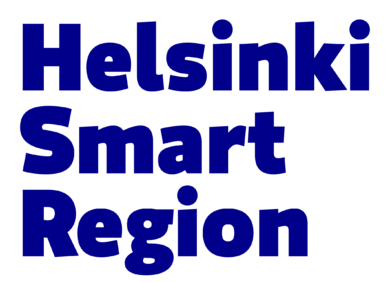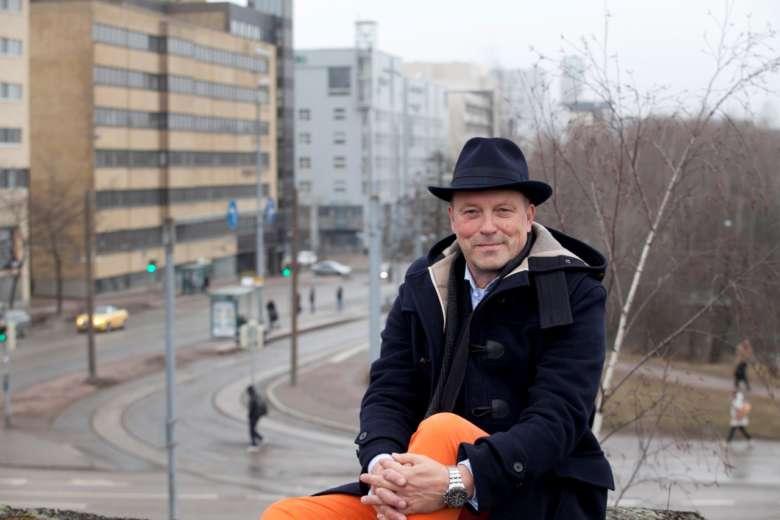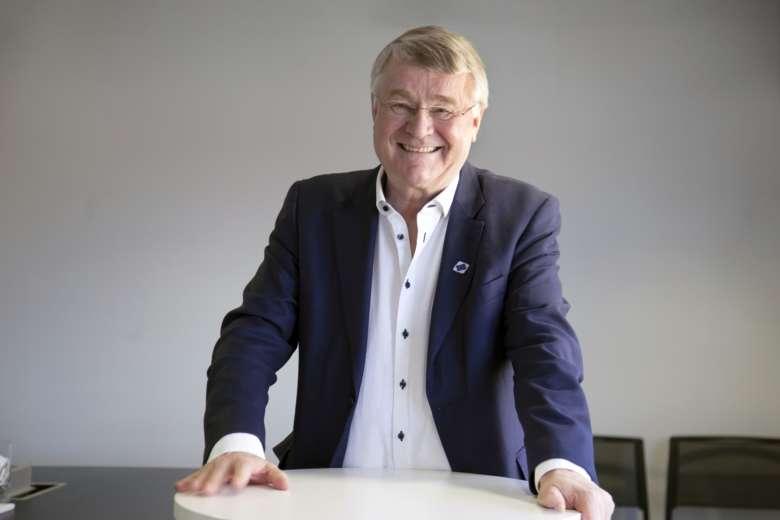News

Voices from the Region: Smart? Or Smart and Sustainable?
Published:
This column is part of our series “Voices from the region”. Our stakeholders are writing columns related to smart specialisation, EU affairs, research, development and innovations from their point of view.
SMART
’Smart’ used to be understood as a Siamese twin of ’digital’. Smart solutions were supposed to be provided by global ICT giants. More recently it has become obvious that ’digital’ by itself does not make anything ’smart’ – only more digital.
As a representative of the Regional Council I had the privilege of participating in the Netexplo Smart Cities conference, hosted by UNESCO in Paris in 2019. It was envigorating to see that all over the world a much deeper interpretation of ’smart’ was emerging.
”Smartness of cities is not a technological but a social, societal concept” was the key message of the Deputy Mayor of Paris at the conference where UNESCO launched its Smart Cities Accelerator program.
I recently learned of an example from New Zealand. They used AI to analyze the traffic system of a city, and were wondering why an ambulance was frequently called to one specific spot. The answer was simple, there was a dangerous stair where people would fall and get injured. By fixing the stair they saved people from getting hurt but also alleviated the burden on hospitals.
It is a political, values based strategic choice, what kind of smartness is set as goal. Is it to become a technology forerunner? Is the goal a low tax rate, a culturally and ecologically sustainable community – or something else? Every city and region has to make this decision and hold on to it.
Smart City has been utilized for branding in the global competition for investments, tourists and skilled labor. The most glossy branding, however, does not develop a city much further unless smartness focusses on the real needs of citizen, and the urgent need for more sustainable innovations that help fight climate change, loss of biodiversity, powerty, illiteracy, unemployment, powerty and suffering.
SUSTAINABLE
In the regional strategy of Helsinki-Uusimaa the 17 goals of Sustainable Development (SD) have been summarized by three subtitles referring to the three dimensions of SD: Climate Neutrality, Industrial Modernization and Citizens’ City that covers the societal perspective.
As we know, none of the 17 targets stands alone or can be achieved in isolation. Sustainability is not only green but it includes all the colors of the rainbow. Everything is linked to everything else. The title of the final one, target #17 is ”Partnerships for the goals”.
To support partnerships there is a specific paragraph in Finnish legislation concerning regional development and governance of structural funds: Each regional authority has to nominate a Regional Cooperation Task Force (MYR) that has representatives from local governments, national authorities, labor organizations, industry and commerce, NGOs as well as universities and research institutes.
Partnerships and coordination are the crux of smart SD. The purpose of MYR is to help create networks, to disseminate information about EU programmes and support their implementation. It is a challenging task, indeed. The members have to be active in their respective organizations, but also able to give feedback to Brussels.
To return to my original point, smart means nothing if it does not support sustainable development. And sustainable development is just an empty concept unless its societal dimension connects the dots, and unless all we do helps citizen both in their daily life and in their pursuit of happiness.
Kaarin Taipale, PhD (Urban Studies)
Kaarin Taipale is an urbanist and a sustainable development advocate. She now concludes her 12-year term as a Board Member of the Uusimaa Regional Council, and of the Regional Cooperation Task Force (MYR). She has also been active in both the Transport and the Climate Working Groups of CPMR BSC.
Image credit Kaarin Taipale










 Return to listing
Return to listing